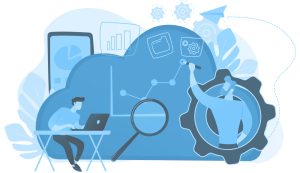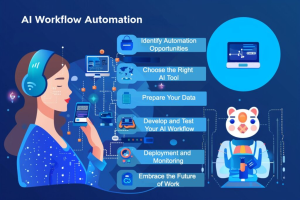Explore how AI Virtual Workforce Orchestration is revolutionizing enterprise operations. Learn how autonomous agents, cognitive bots, and human-AI collaboration drive efficiency, agility, and innovation across industries.
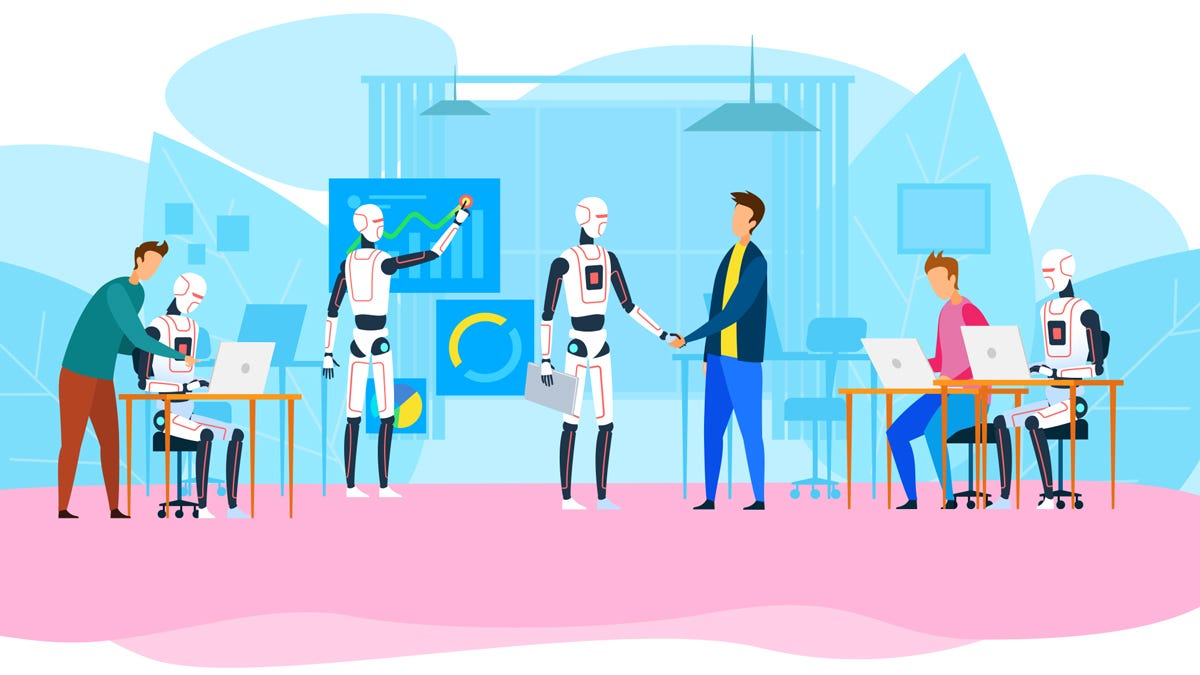
Introduction: The Dawn of AI-Powered Workforces
AI Virtual Workforce Orchestration is transforming enterprise operations in the digital-first era. By combining autonomous AI agents with human teams, enterprises can achieve operational efficiency, minimize errors, and accelerate strategic outcomes. This methodology orchestrates digital labor ecosystems to function in harmony with human creativity and critical thinking.
-
Introduction: The Dawn of AI-Powered Workforces
-
Defining the AI Virtual Workforce
-
Autonomous Agents
-
Cognitive Bots and Digital Labor Ecosystems
-
The Orchestration Layer: AI and Human Teams in Harmony
-
-
The Technological Backbone
-
Artificial Intelligence and Machine Learning
-
Robotic Process Automation (RPA)
-
Natural Language Processing (NLP) and Cognitive Automation
-
Orchestration Platforms and Workflow Engines
-
Cloud-Native Architectures for Scalable Management
-
-
Strategic Enterprise Advantages
-
Operational Efficiency and Cost Optimization
-
Real-Time Decision Making and Predictive Allocation
-
Enabling Hybrid Human-AI Collaboration
-
-
Software-Driven Implementation
-
Orchestration Platforms and Enterprise Solutions
-
Integration with ERP, CRM, HR, and Analytics Systems
-
Monitoring, Reporting, and AI Performance Optimization
-
-
Use Cases Across Industries
-
Finance
-
Customer Service
-
IT Operations
-
Logistics
-
-
Challenges and Risk Mitigation
-
Orchestration Complexity
-
AI Bias and Governance
-
Security and Compliance
-
Best Practices for Seamless Adoption
-
-
Future of AI Virtual Workforce Orchestration
-
Predictive and Self-Learning Systems
-
Hybrid Workplaces: Humans and AI in Strategic Partnership
-
-
Conclusion: Orchestrating the Future of Digital Work
In the digital-first era, enterprises are reimagining workforce paradigms. Traditional human-only operations are gradually giving way to AI-driven workforces—systems where intelligent agents perform complex tasks, augment human decision-making, and dynamically adapt to ever-changing business requirements.
At the forefront of this transformation is AI Virtual Workforce Orchestration, a software-centric methodology that coordinates multiple autonomous AI agents alongside human teams. This orchestration layer ensures that digital labor ecosystems operate in unison, optimizing productivity, minimizing error, and accelerating strategic outcomes. Enterprises embracing this model are not only gaining operational efficiency—they are crafting entirely new frameworks for innovation, agility, and competitive differentiation.
2. Defining the AI Virtual Workforce
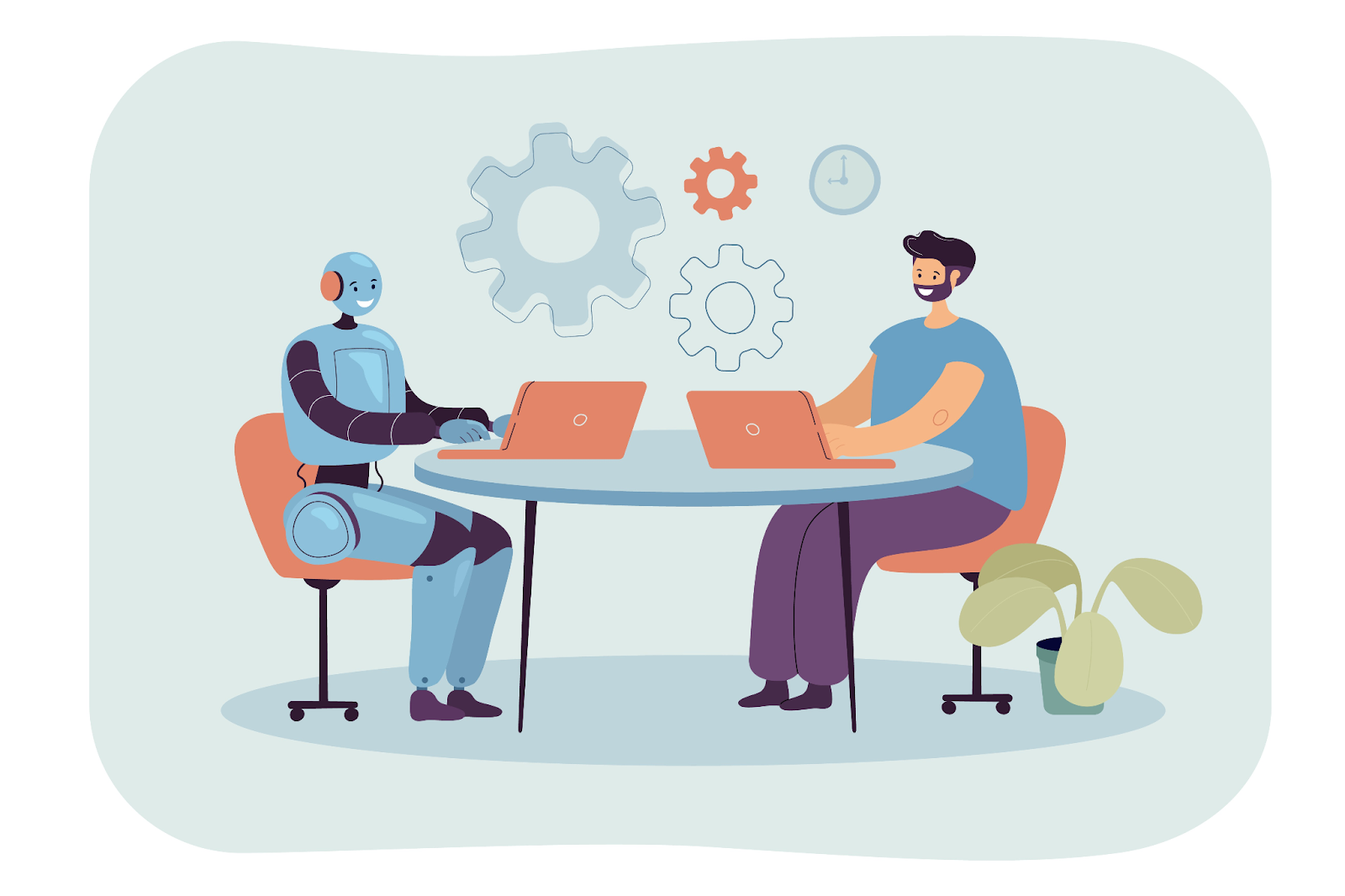
Autonomous Agents
An autonomous agent is a self-directed AI system capable of executing tasks, learning from outcomes, and interacting with other systems without constant human supervision. These agents handle repetitive processes, perform intelligent data processing, and even manage customer interactions in certain contexts.
Autonomous agents serve as the core “digital laborers” in virtual workforce ecosystems. Their ability to learn, adapt, and collaborate reduces dependency on manual oversight while freeing human employees for higher-value, strategic initiatives.
Cognitive Bots and Digital Labor Ecosystems
Cognitive bots enhance traditional automation by incorporating reasoning, contextual understanding, and adaptive intelligence. Unlike basic RPA bots, cognitive bots interpret unstructured data—emails, voice commands, chat transcripts—and take decisions aligned with enterprise objectives.
When combined with autonomous agents, these bots form digital labor ecosystems, orchestrated to execute end-to-end business processes, such as invoice processing, client onboarding, or IT incident resolution.
The Orchestration Layer: AI and Human Teams in Harmony
The orchestration layer functions as the conductor of this AI symphony. It allocates tasks across AI agents and human collaborators, monitors performance metrics, resolves conflicts, and ensures compliance with enterprise standards.
By leveraging orchestration platforms, enterprises achieve seamless hybrid workforce management, balancing automation efficiency with human creativity, critical thinking, and emotional intelligence.
3. The Technological Backbone
Artificial Intelligence and Machine Learning
AI and machine learning form the foundation of any virtual workforce. Through supervised, unsupervised, and reinforcement learning models, AI agents can predict outcomes, optimize decisions, and continually improve performance.
For example, AI-driven demand forecasting can dynamically allocate digital and human resources, reducing downtime and optimizing throughput across operations.
Robotic Process Automation (RPA)
RPA automates repetitive, rule-based processes—like data entry, payroll processing, or compliance checks. While RPA handles structured tasks efficiently, the orchestration layer ensures RPA bots operate in concert with cognitive AI agents for complex scenarios, bridging the gap between routine automation and intelligent decision-making.
Natural Language Processing (NLP) and Cognitive Automation
NLP allows AI to understand and interpret human language, enabling sophisticated chatbots, document analysis, and sentiment detection. Cognitive automation extends RPA by combining NLP with reasoning capabilities, empowering bots to handle unstructured tasks—emails, contracts, and voice interactions—with near-human precision.
Orchestration Platforms and Workflow Engines
Enterprise-grade orchestration platforms coordinate distributed AI agents and human inputs, ensuring task allocation, process continuity, and performance monitoring. These platforms provide centralized dashboards, automated routing, and real-time optimization, crucial for scaling AI virtual workforces across global operations.
Cloud-Native Architectures for Scalable Management
Cloud-native architectures enable elastic compute resources, high availability, and global deployment. AI orchestration benefits from containerized microservices, APIs, and serverless execution, allowing enterprises to scale workforce operations efficiently without compromising security or performance.
4. Strategic Enterprise Advantages
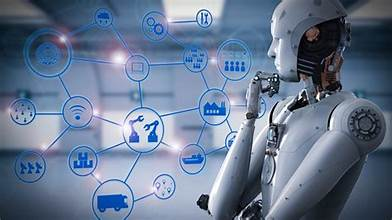
Operational Efficiency and Cost Optimization
AI virtual workforce orchestration reduces manual overhead, eliminates repetitive errors, and optimizes resource allocation, driving measurable ROI. Organizations can redeploy human talent to strategic functions, while AI handles high-volume, rule-based workloads.
Real-Time Decision Making and Predictive Allocation
With predictive analytics and real-time monitoring, enterprises can allocate tasks dynamically, respond to unexpected workflow disruptions, and anticipate operational bottlenecks. This agility ensures business continuity, even in volatile environments.
Enabling Hybrid Human-AI Collaboration
AI virtual workforce orchestration does not replace humans—it amplifies human capabilities. By automating mundane tasks, AI frees employees to focus on problem-solving, creative thinking, and client engagement, transforming the workforce into a strategically aligned, innovation-driven ecosystem.
5. Software-Driven Implementation
Orchestration Platforms and Enterprise Solutions
Leading orchestration platforms like UiPath, Automation Anywhere, and Blue Prism enable enterprises to implement AI virtual workforce strategies at scale. These platforms provide centralized control, workflow templates, and AI integration, making deployment faster and more reliable.
Integration with ERP, CRM, HR, and Analytics Systems
AI orchestration thrives when integrated with enterprise software systems. By connecting to ERP, CRM, HR, and analytics tools, digital labor ecosystems can access holistic data streams, enhancing accuracy, consistency, and responsiveness across departments.
Monitoring, Reporting, and AI Performance Optimization
Continuous monitoring and performance dashboards ensure that AI agents meet SLAs, comply with governance policies, and adapt to evolving business priorities. Metrics like task completion rates, error frequency, and human-AI collaboration efficiency provide actionable insights for ongoing optimization.
6. Use Cases Across Industries
Finance
AI orchestration automates transaction processing, fraud detection, and regulatory reporting. Autonomous agents monitor real-time transactions, detect anomalies, and escalate critical cases to human analysts, ensuring accuracy and compliance at scale.
Customer Service
In customer service, AI bots handle tier-1 queries, while orchestration ensures smooth handoff to human agents for complex issues. This blended model reduces wait times, improves resolution rates, and maintains consistent brand experience.
IT Operations
AI agents autonomously detect incidents, prioritize resolution, and allocate resources in IT environments. Orchestration platforms coordinate cross-team responses, ensuring proactive system maintenance and uptime maximization.
Logistics
AI-driven orchestration optimizes route planning, delivery scheduling, and inventory management. Predictive allocation ensures efficient resource deployment, reducing operational costs while enhancing delivery accuracy and speed.
7. Challenges and Risk Mitigation
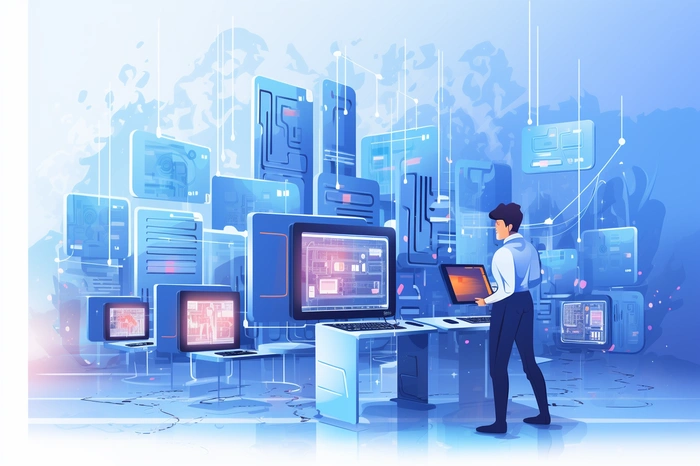
Orchestration Complexity
Managing multiple AI agents alongside human teams can be complex. Enterprises must establish clear workflows, standardized protocols, and scalable orchestration policies to prevent bottlenecks.
AI Bias and Governance
Bias in AI models can undermine trust and operational integrity. Governance frameworks must ensure transparent algorithms, ethical decision-making, and continuous validation to minimize risk.
Security and Compliance
AI virtual workforces often process sensitive data. Robust cybersecurity measures, encryption, and access controls are essential to prevent breaches and meet regulatory compliance requirements.
Best Practices for Seamless Adoption
- Begin with pilot deployments in high-impact areas.
- Establish cross-functional teams for human-AI collaboration.
- Maintain continuous monitoring and model retraining.
- Align AI strategies with business objectives and ethical standards.
8. Future of AI Virtual Workforce Orchestration
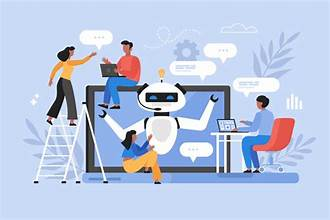
Predictive and Self-Learning Systems
Next-generation AI virtual workforces will feature predictive, self-learning capabilities, enabling continuous adaptation without manual intervention. AI agents will anticipate operational challenges, optimize processes, and autonomously improve efficiency.
Hybrid Workplaces: Humans and AI in Strategic Partnership
The future workforce will blend human creativity and emotional intelligence with AI precision and speed. Hybrid teams will co-create strategies, innovate faster, and execute with unprecedented accuracy, establishing a new standard for enterprise productivity.
9. Conclusion: Orchestrating the Future of Digital Work
AI Virtual Workforce Orchestration represents a paradigm shift in enterprise operations. By seamlessly integrating autonomous agents, cognitive bots, and human teams, enterprises achieve operational excellence, agility, and scalability.
The orchestration layer is the linchpin, ensuring AI and human talent function harmoniously while maintaining transparency, governance, and strategic alignment. Across industries—from finance and customer service to IT and logistics—AI-driven orchestration transforms processes, enhances performance, and drives measurable business impact.
As organizations embrace this evolution, the future of work is no longer defined by human or machine alone—but by their synergistic collaboration, orchestrated through intelligent platforms that empower enterprises to thrive in a digital-first world.

